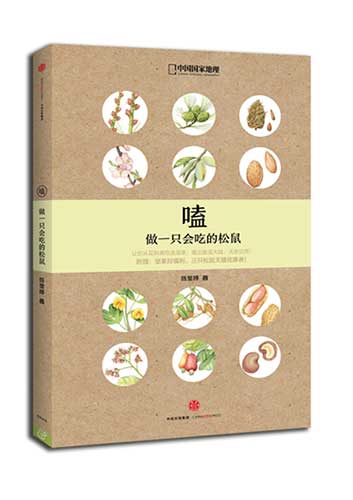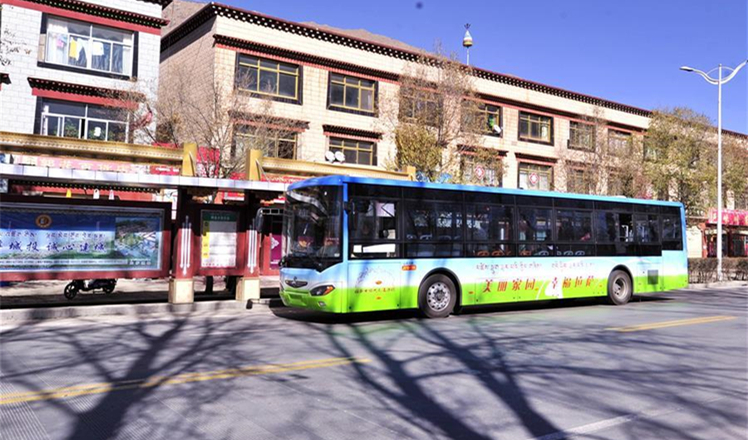After honey, Chinese magazine goes nuts
Updated: 2015-11-25 08:11
By Liu Zhihua(China Daily)
|
||||||||
 |
|
A new book is about varied nuts.[Photo provided to China Daily] |
Nuts are both delicious and nutritious but some are tough to crack due to their hard shells.
Is peanut a nut or a legume? Why and how does the peanut grow? And how did it become an important commercial crop?
A new book on nuts, which has been published by Chinese National Geography, one of the country's leading magazines, may answer such questions and more.
Crack: Be a Smart Squirrel, written by Chen Yingting, a young researcher with the Institute of Botany under the Chinese Academy of Sciences, seeks to tell readers much about 15 varieties of nuts and their trees.
The book also has pieces on lotus seeds and sunflower seeds, both eaten widely as snacks in China.
The magazine is expected to publish a series of books on food. The latest is the second of that series. The first one was on sweet food like honey and was published in September.
Chen, a native of southern Guangdong province, says her love of nuts drove her to write the book. She spends a lot of time eating them, too.
From tiny pine nuts to the bigger but inexpensive coconuts, walnuts and almonds-all grown in China-to imported and costlier ones such as macadamia nuts, the book traces the origins of different nut trees and analyzes their natural features in a bid to explain to readers the benefits behind their pollination patterns and fruit structures, using photos and graphics.
The book focuses on how nuts and fruits are eaten in various parts of the world and their histories.
With lots of anecdotes, the book talks about the distribution of nut trees and how they traveled from their places of origin to other countries.
The book also looks at the effect of climate change on nuts. In addition, nutritional facts about nuts are provided.

 Obama: US, France stand united against IS, terrorism
Obama: US, France stand united against IS, terrorism
 Crime stoppers meet in DC
Crime stoppers meet in DC
 Premier: China ready to advance Baltic Sea high-speed rail project
Premier: China ready to advance Baltic Sea high-speed rail project
 Beijing greets the sun after 19 days of gloom
Beijing greets the sun after 19 days of gloom
 First solar powered public bus operates in Tibet
First solar powered public bus operates in Tibet
 Top 10 self-made female billionaires in the world
Top 10 self-made female billionaires in the world
 Miss World beauty contest to start in Sanya
Miss World beauty contest to start in Sanya
 Premier Li meets old friends at specialty shop in Malacca
Premier Li meets old friends at specialty shop in Malacca
Most Viewed
Editor's Picks

|

|

|

|

|

|
Today's Top News
Chinese president arrives in Turkey for G20 summit
Islamic State claims responsibility for Paris attacks
Obama, Netanyahu at White House seek to mend US-Israel ties
China, not Canada, is top US trade partner
Tu first Chinese to win Nobel Prize in Medicine
Huntsman says Sino-US relationship needs common goals
Xi pledges $2 billion to help developing countries
Young people from US look forward to Xi's state visit: Survey
US Weekly

|

|







